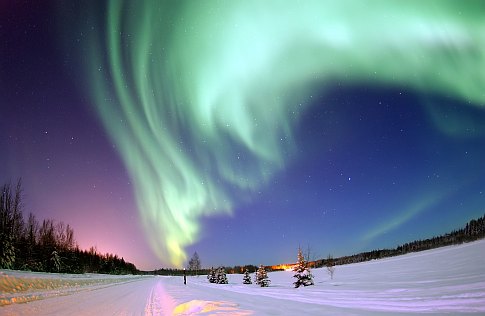

Five satellites are helping scientists understand what causes the Northern Lights. It involves a flux rope, which sounds like it should be the cable that’ll help launch the space elevator.
Also in today’s links: stolen feces, sacred stones, LaserPup, and more.
- Anything up there you’re curious about? Public voting is open to decide what the Hubble Telescope should point at next.
- Don’t you hate it when people steal your shit? Especially your scientifically significant feces? (We can call this a minor trend in Britain once we get a third instance.)
- In what may be the ultimate synergy of lasers, puppies, and the Internet, a man has built a ceiling-mounted, laser-powered, Internet-controlled device to entertain his dog.
- A stone found buried with an Egyptian child mummy supports the idea that Egyptians believed colors held “sacred energy.” Imagine what they’d have made of an Aurora.
